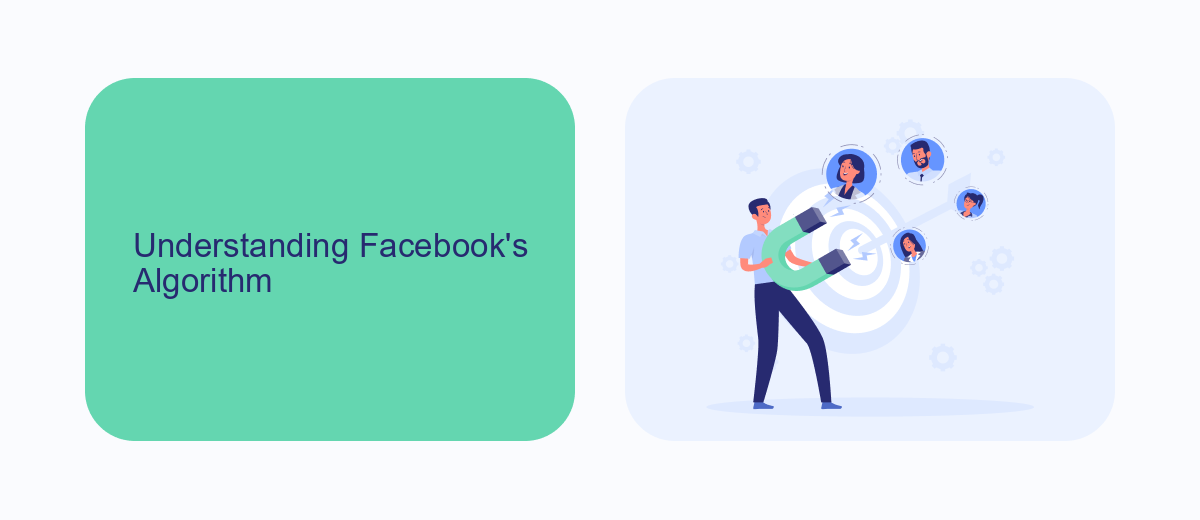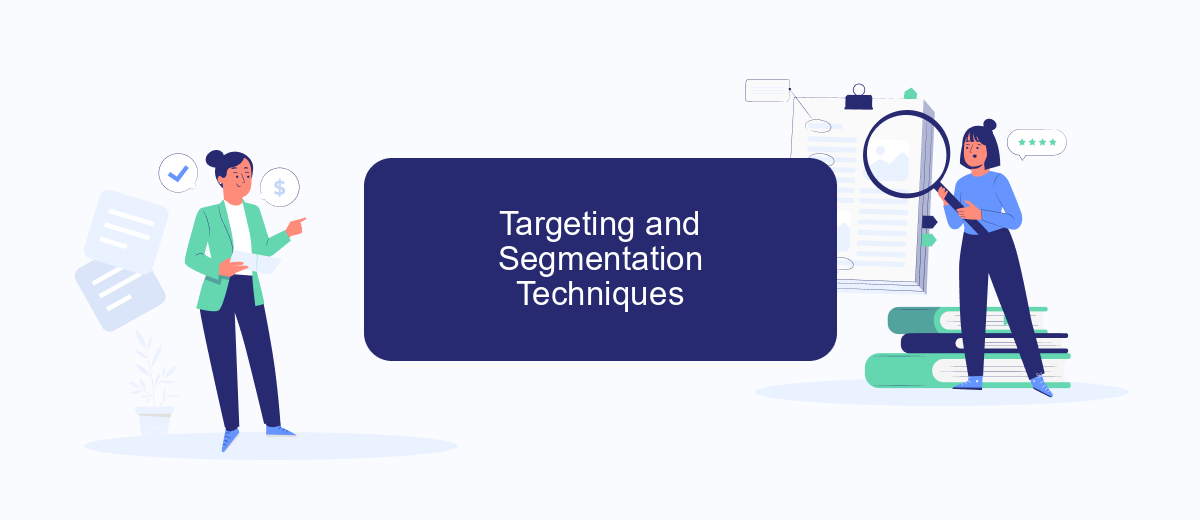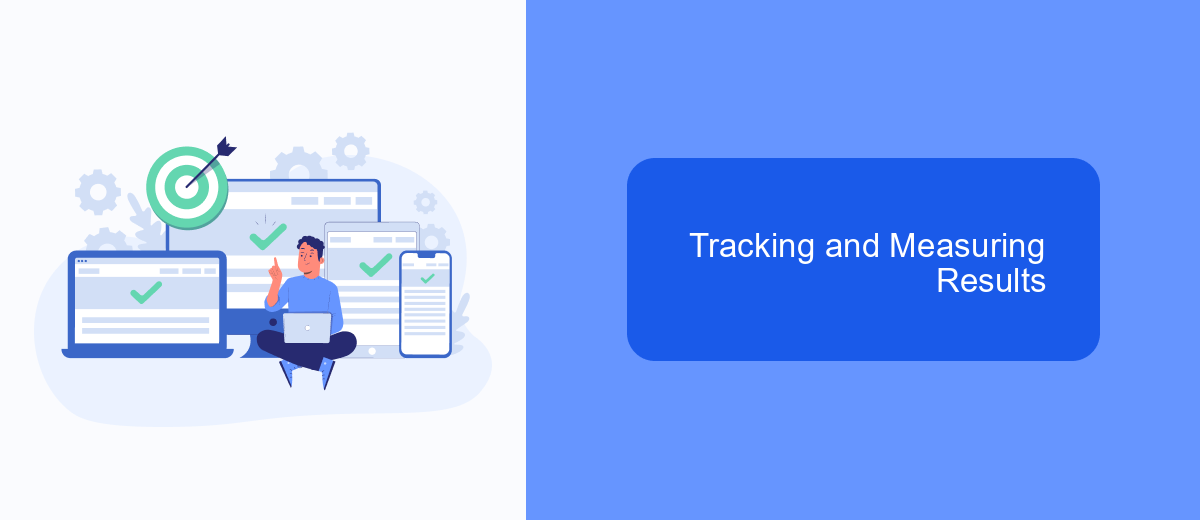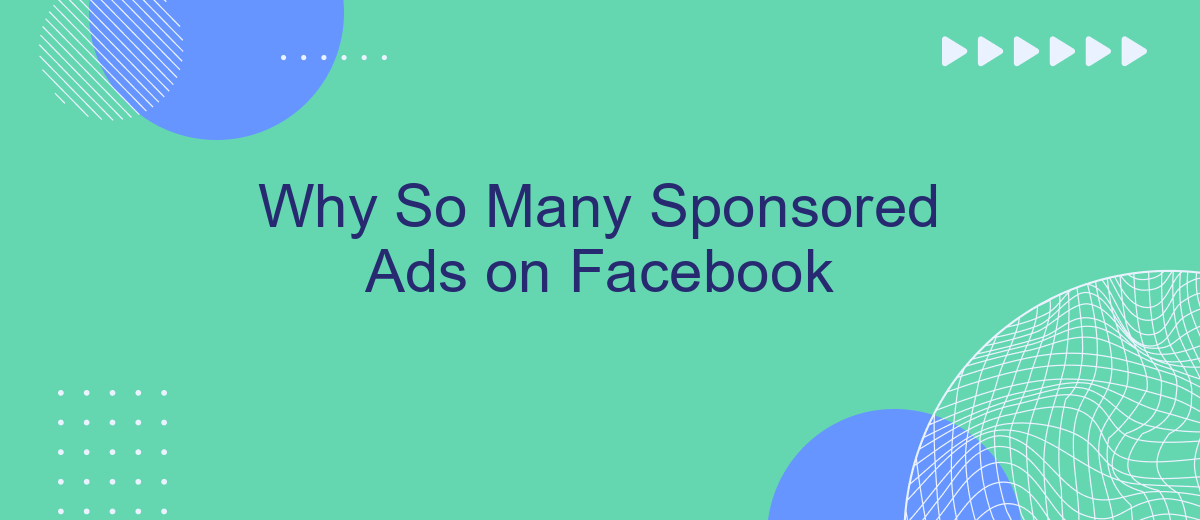In recent years, Facebook has become inundated with sponsored ads, leaving many users wondering why their feeds are so heavily commercialized. This article delves into the reasons behind the surge in sponsored content, exploring Facebook's advertising strategies, user data monetization, and the impact on user experience. Understanding these factors can shed light on the platform's evolving landscape and its implications for everyday users.
Why So Many Sponsored Ads on Facebook
Facebook has become a massive platform for advertisers, and the influx of sponsored ads can be overwhelming for users. The primary reason for the abundance of these ads is Facebook's sophisticated ad targeting system, which allows businesses to reach highly specific audiences based on user data.
- Advanced targeting options: Facebook collects extensive data on user behavior, interests, and demographics, enabling advertisers to target their ads precisely.
- Cost-effective advertising: Facebook ads are relatively affordable, making them accessible for businesses of all sizes.
- High engagement rates: Sponsored ads on Facebook often generate higher engagement compared to other platforms, thanks to its vast user base.
- Integration with tools: Services like SaveMyLeads help businesses streamline their ad campaigns by automating lead generation and data integration processes.
As a result, businesses are increasingly investing in Facebook advertising to maximize their reach and ROI. While this leads to more sponsored content in users' feeds, it also means that ads are more relevant and personalized, enhancing the overall user experience.
Understanding Facebook's Algorithm

Facebook's algorithm is a complex system designed to deliver content that is most relevant to each user. It takes into account various factors such as user interactions, post engagement, and content type to determine what appears in a user's news feed. This means that posts from friends, pages, and advertisers are all filtered through this algorithm to maximize user engagement and satisfaction. Consequently, businesses and advertisers invest heavily in understanding and leveraging this algorithm to ensure their sponsored ads reach the right audience.
One effective way to optimize ad performance is by integrating marketing tools and services. For example, SaveMyLeads offers seamless integration solutions that help businesses automate their lead generation processes. By connecting Facebook lead ads with CRM systems, email marketing platforms, and other applications, SaveMyLeads ensures that businesses can efficiently manage and nurture their leads. This not only enhances the effectiveness of sponsored ads but also improves overall marketing strategy and customer relationship management.
Targeting and Segmentation Techniques

Facebook's advertising platform is renowned for its sophisticated targeting and segmentation techniques, which allow advertisers to reach specific audiences with precision. By leveraging a variety of data points, Facebook ensures that ads are shown to users who are most likely to be interested in them, thereby increasing the effectiveness of ad campaigns.
- Demographic Targeting: Advertisers can target users based on age, gender, education, job title, and more.
- Interest Targeting: Ads can be shown to users who have expressed interest in specific topics, pages, or activities.
- Behavioral Targeting: This technique involves targeting users based on their past behavior, such as purchase history or device usage.
- Custom Audiences: Advertisers can upload their own customer lists to target existing customers or leads.
- Lookalike Audiences: Facebook can create audiences that resemble an advertiser's best customers, expanding reach to similar users.
To further enhance ad targeting, services like SaveMyLeads can be integrated. SaveMyLeads automates the process of transferring leads from Facebook to CRM systems, ensuring that businesses can efficiently manage and segment their audience data. This seamless integration helps in refining targeting strategies and maximizing ad performance.
Tracking and Measuring Results

Tracking and measuring the effectiveness of sponsored ads on Facebook is crucial for optimizing your marketing strategy. By understanding which ads are performing well and which are not, you can allocate your budget more efficiently and achieve better results.
One way to track the performance of your ads is by utilizing Facebook’s built-in analytics tools. These tools allow you to monitor various metrics such as click-through rates, engagement, and conversion rates. However, for more advanced tracking and integration, services like SaveMyLeads can be invaluable.
- Monitor key performance indicators (KPIs) using Facebook Analytics.
- Set up automated reporting with SaveMyLeads for real-time data.
- Integrate with CRM systems to track lead conversions.
- Utilize A/B testing to determine the most effective ad creatives.
By leveraging these tools and strategies, you can gain deeper insights into your ad performance and make data-driven decisions. This will not only help you improve your current campaigns but also inform future advertising efforts on Facebook.
Best Practices for Sponsored Ads on Facebook
To create effective sponsored ads on Facebook, it is essential to target the right audience. Utilize Facebook's advanced targeting options to reach users based on demographics, interests, and behaviors. Craft compelling ad copy and use high-quality visuals to capture attention. A/B testing different ad variations can help identify what resonates best with your audience, allowing you to optimize your campaigns for better performance.
Integration plays a crucial role in streamlining your ad management process. Services like SaveMyLeads can automate lead generation and data transfer, ensuring you never miss an opportunity. By connecting your Facebook ads with CRM systems, email marketing tools, and other platforms, SaveMyLeads helps maintain a seamless workflow. This not only saves time but also enhances your ability to nurture leads and convert them into customers.
- Automate the work with leads from the Facebook advertising account
- Empower with integrations and instant transfer of leads
- Don't spend money on developers or integrators
- Save time by automating routine tasks
FAQ
Why are there so many sponsored ads on my Facebook feed?
How does Facebook decide which ads to show me?
Can I reduce the number of sponsored ads I see on Facebook?
Why do I see ads for products I’ve searched for online?
How can businesses automate their Facebook ad campaigns?
Are you using Facebook Lead Ads? Then you will surely appreciate our service. The SaveMyLeads online connector is a simple and affordable tool that anyone can use to set up integrations for Facebook. Please note that you do not need to code or learn special technologies. Just register on our website and create the necessary integration through the web interface. Connect your advertising account with various services and applications. Integrations are configured in just 5-10 minutes, and in the long run they will save you an impressive amount of time.

